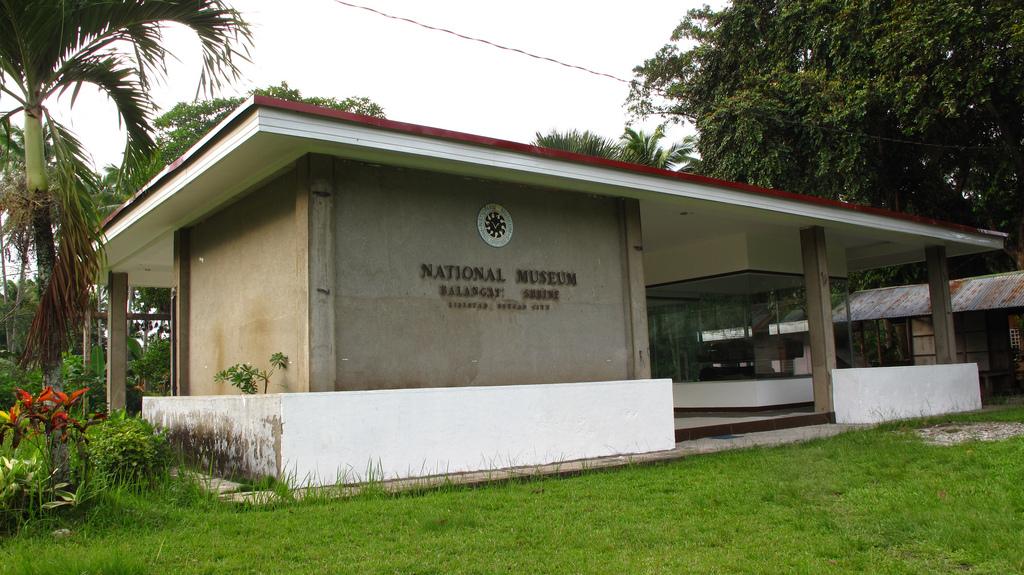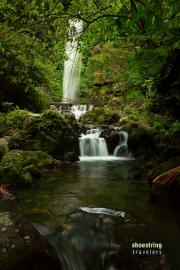
Overview
The Butuan National Museum is a national museum branch in Butuan City. The city is abundant in materials and items coming from the prehistoric era of both treasure hunters and archeologists. Due to its strategic position in Agusan del Norte, Butuan City has many great wonders found underwater.
In fact, a wooden boat was found in the area, said to be a European boat that was used so many years ago. It is one of the museums’ finest attractions.
Aside from historical relics in the city, the museum also showcases the cultural heritage of the province and the whole region, including archaeological artifacts, ethnographic materials, and some heirloom pieces from the Butuan Museum Foundation.
Its gallery has two sections. The first section is named the Prehistoric and Archaeological Hall and the second section is named the Ethnology Hall.
Prehistoric and Archaeological Hall
This area showcases different kinds of primitive artifacts such as specimens of stone crafts, metal crafts, potteries, gold smithing, burial coffins, a variety of artifacts recovered at diverse periods of man’s subsistence, the Golden Tara – represents the relativity of Butuan to Indonesia, and other ceramic wares with beautiful guild ornaments and beads. It also contains a bronze pestle which was a foreign object dug up in 2001 in Pinamanculan, believed to be brought by foreigners trading with the locals.
Ethnology Hall
The area contains some artifacts and objects that feature the cultural communities of the Manobo, Mamanwa, Higaonon, and the lowland Butuanons.
History
The museum was established due to a sudden discovery of relics in the area of Butuan during the 1974 excavation by the people in Engineering Office of Butuan City while draining the water inside a man-made river system. Because of that, experts have continued to find and collect archeological objects under the National Museum until they established the national museum branch located in the City of Butuan.
The museum was established with the support and help of the Butuan Museum Foundation, Inc. The construction of the museum started and was completed after 19 months. After the construction of the building, the inauguration followed. The Butuan National Museum formally opened on August 30, 1978.
Collections
There are ethnographies materials from the Higaonon, Tiruray, Mamanua, and Bukidnon Tribes such as utensil, farming tools, baskets, fabrics and clothes, decorations, coffins, ceramic, human skulls, stones, gun, wooden paddles, and ornaments made of gold, silver, lead, copper, and bronze.
Some of the Highlights of the Exhibit
- Pakhal na habol - It is a conventional hand woven abaca used as a sleeping blanket.
- Ivory Seal – The excavationists found an ivory that has a script imprinted about the 10th century A.D. The design was written in ancient Javanese script.
- The Golden Tara of Agusan - It is a figure that is identified to be of Indian origin.
- Laksoy – It is a popular wine of the townsfolk that is extracted from the sap of the Nipa palm, which is stored in a jar for a couple of days.
Accessibility
Butuan can be reached by plane from Manila and Cebu in more than an hour and 30 minutes, respectively. It is also accessible through Surigao City by plane or by regular passenger boats from Manila & Cebu. From Surigao, take a 2 &1/2 hours bus ride or you can hire a van to Butuan.
There are also commercial boats that ply the Cebu/Manila-Nasipit route. Butuan is only 30 minutes away by bus or jeepney ride from Nasipit Seaport.
- http://www.nationalmuseum.gov.ph/nationalmuseumbeta/ASBMD/Butuan.html
- http://en.wikipilipinas.org/index.php?title=Butuan_National_Museum
- http://amazingbutuan.blogspot.com/2009/04/butuan-regional-museum-doongan.html
- http://www.markmaranga.com/butuan-museum/
- http://visitmyphilippines.com/index.php?title=ButuanCity&func=all&pid=491&tbl=0










